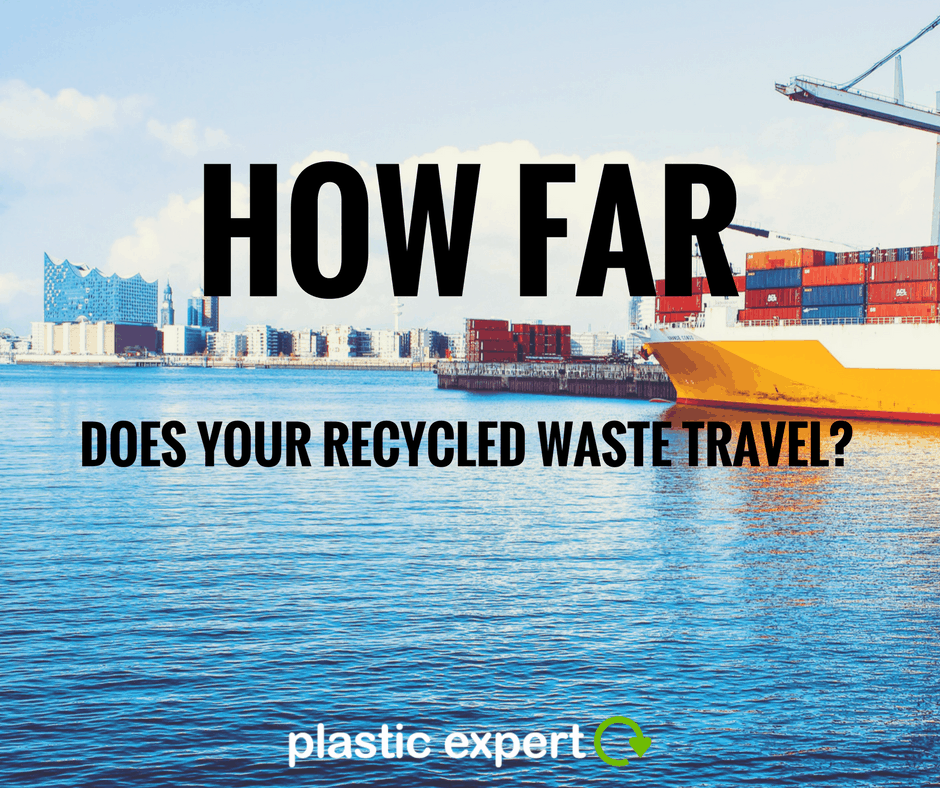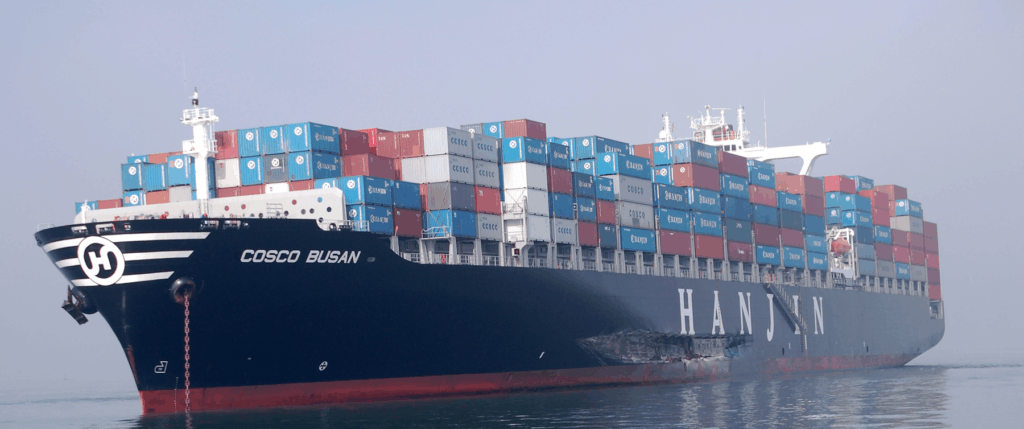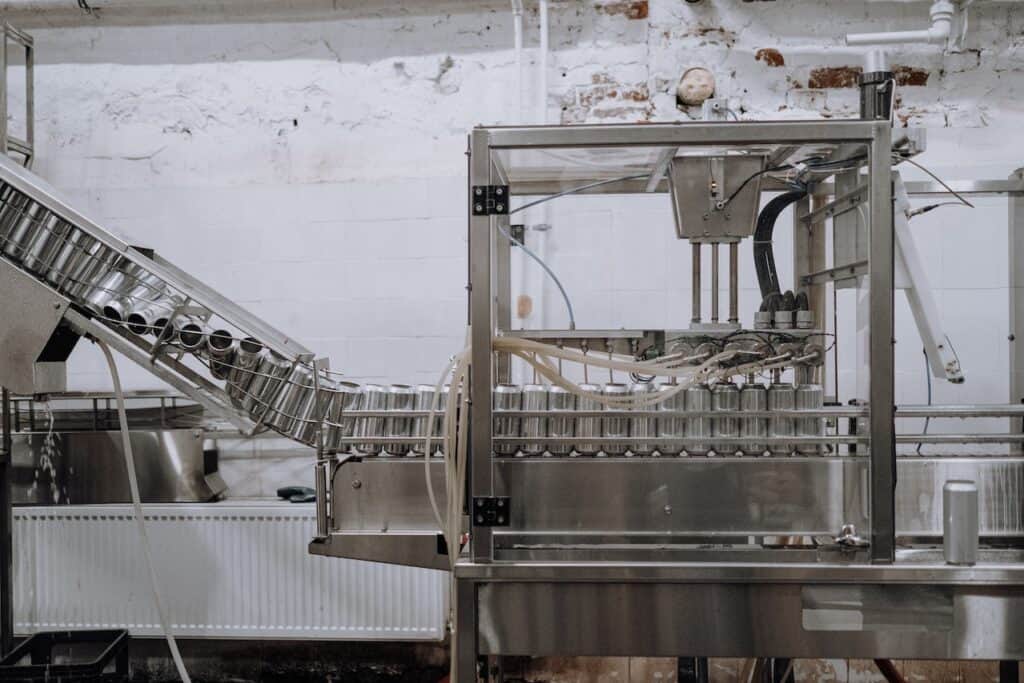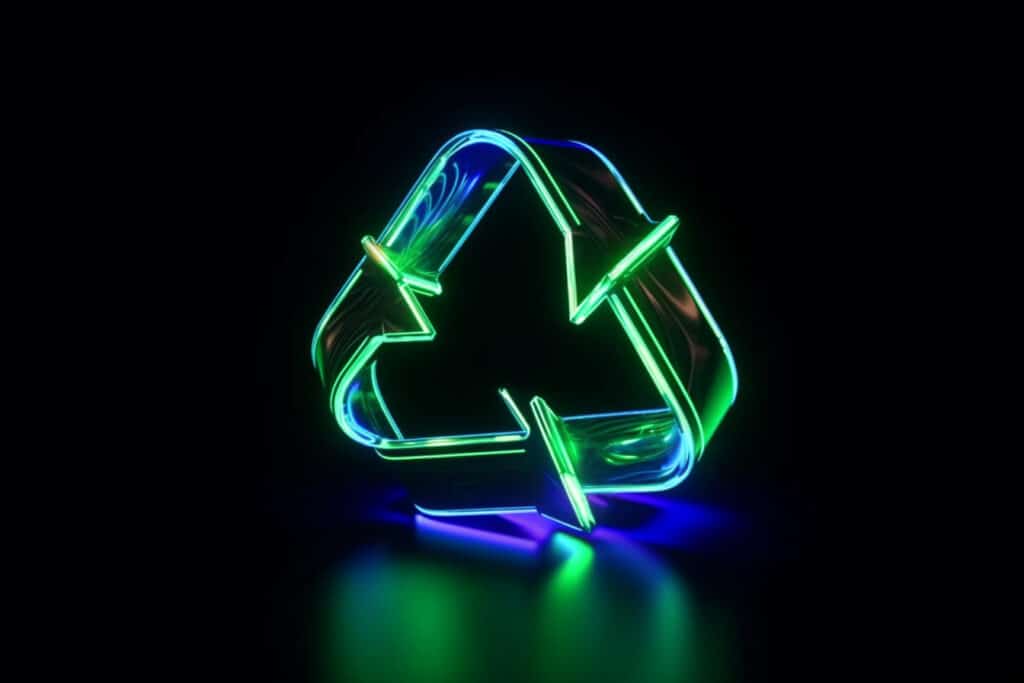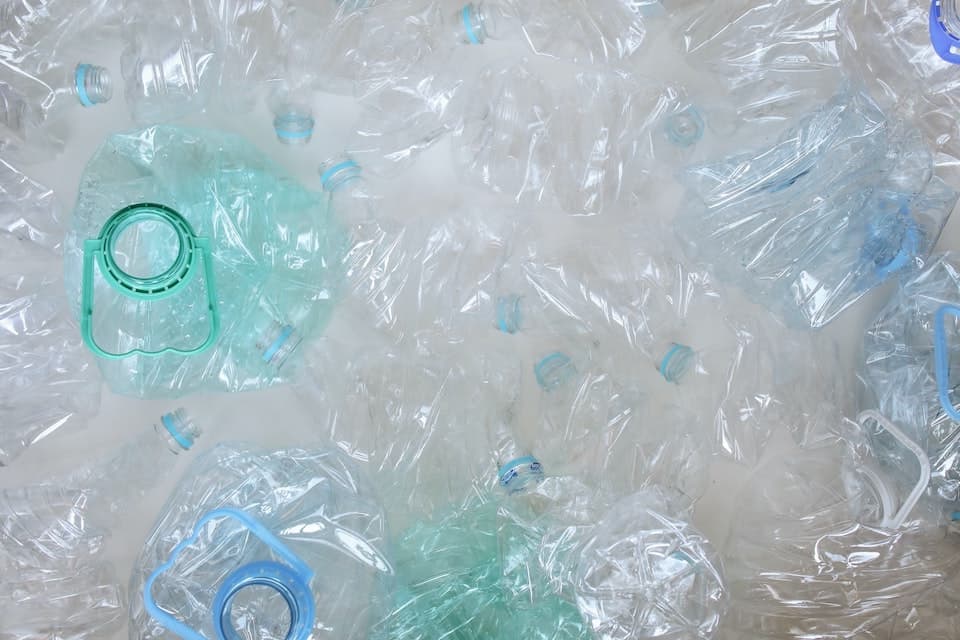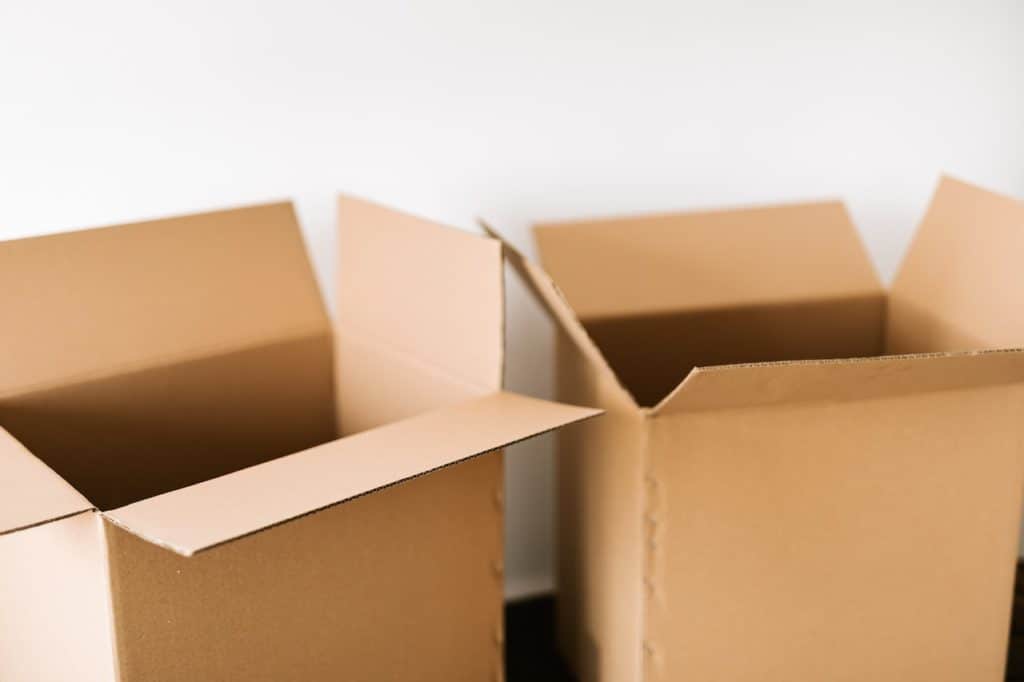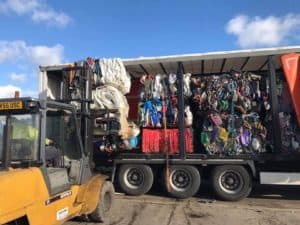10 miles? 100 miles? 11,713 miles to the shores of China?
Plastic Expert are back once again to tackle one of the larger and more poignant questions that pops up in the recycling and waste management industry – ‘How far does your recycled waste travel?’
This question is often raised as a consideration when discussing how good for the environment recycling is, whether the carbon footprint of recycling something can truly be kept to a minimum, or whether the industry is doing enough to realise the ‘green potential’ of transporting recycled goods.
The carbon footprint of collections
Few people or organisations regularly discuss the vast amount of variables and conditions which can drastically affect the carbon footprint of collections. In this post, we are going to look at six different things which can seriously increase or decrease not only how far your recycled waste travels, but how likely it is to be recycled efficiently, and how large or small its carbon footprint could be.
1) Aggregate recycled waste with fewer vehicles
The more vehicles that are required to collect waste, the poorer the environmental performance, as more road mileage and fuel are required. Many businesses have the ability to coalesce all of their recyclable materials into one regular collection, but instead they suffer, due to having various contracts with different providers for different bins and different materials. Their approach to waste management and handling will have a sky-high carbon footprint by comparison.
By using fewer waste collectors, vehicle movements will be much lower, and it’s likely they can account for the different materials and even provide an adequately sized vehicle so that space is not wasted. You’ll also pay less by negotiating a larger single contract with one provider.
Your new waste management company must be licensed and prepared to collect various materials or material grades in a single collection, being careful to keep them separated as to avoid an unnecessary second sorting process further along the line.
2) Mixed bins and a lack of compacting
It’s easy to overlook the considerable potential of baling and compacting, but what’s even easier to miss is that having a range of differently sized bins is increasing your waste management costs. If you have three small bins for the same waste type, you will be paying more than having one large bin that equates to the same amount of volume. By unifying the size of containers throughout your estate, the same collection vehicle will be able to lift and empty all of the bins with relative ease.
Paying for bins and not utilising every inch of space inside each bin is also causing an added expense to your company. If, for example, you have three bins, all full of loose material, and you instead baled all of that material, you would now only be using one bin, and the other two would be empty, meaning no collection fees. This would allow you to reduce your costs for these bins to just one third. More recycled waste per bin, per collection means a lower carbon footprint for the items collected, thanks to sharing the load better.
3) Back-loads and national networks
Quite often, when a logistics company collects waste and takes it somewhere else, they then empty their lorry and drive it back to where they came from. Of course, this is poor logistics, as the best way to utilise the lorry is to fill it up again after the goods have been delivered, and send it back to where it came from with those new goods. This means it’s never driving around empty, but it may not always be possible. Due to technology and national networks of hauliers however, this is becoming a very normal occurrence, and as such, backloading can do wonders for your carbon footprint.
As well as being better for the environment, backloading allows for new relationships to be built, increases the flow of materials, is much cheaper than dedicated runs and will allow for fewer opportunities to be missed.
4) National network of recycling hubs
An audited and verified network of recycling hubs is a sign of progression and intent from both the recycling and the logistics industry, signalling a huge change in how recycling will be handled in future. As the option of a large national network of recycling hubs becomes more viable, the need for sending materials long distances to ensure they get recycled is decreasing.
Factories and end users are becoming increasingly more likely to work with UK companies who have a better coverage of material around the UK, rather than those who function in pockets or exclusive areas. The network system allows independent recyclers to have greater versatility through partnerships.
5) What happens to material when it arrives at a recycling hub?
It’s all well and good having the availability of recycling hubs, but if you don’t consider the implications of what happens to material upon arrival, you’re missing the bigger picture. It’s often upon arrival and review that the material’s fate is sealed. Questions will be asked, the grade will be verified and one of the first things on the mind of the handler will be ‘Can we recycle this in the UK, or does it need to go to Europe, or Asia?’.
UK processing is advantageous – you keep the material in the circular economy, avoid shipping costs and can often get a very good price with a lower environmental implication. However, recycling is a demand and supply market, and sometimes the best demand is in China, which means your recycled waste will be loaded up on a container and sent more than 11,000 nautical miles across the high seas.
See more: Want to know the full route of plastic recycling in such interesting detail that our story was featured on the front page of The Environmentalist? Click here.
6) The final piece of the recycled waste jigsaw puzzle
On the face of things, sending recycled waste to China looks like a mismanagement of resources, but that’s a misconception. With over a billion people and a booming economy, the Chinese have a huge need for plastic waste that can be recycled into cheap goods, meaning the products that will be made from the waste will usually stay in China. Of course, it depends on the factory and the remanufacturing, and of course many cheap goods end up back in Europe, but it certainly makes sense to do things in this direction.
China not only has the facilities to recycle the waste and remanufacture it, but it has the market to sell these things. The same is not always true in Europe. We try to keep different types and grades of plastics within the European market because they offer different uses. PolyPropylene (PP) that Plastic Expert collect and enter into the market is often turned into flower pots, buckets and containers which are popular in the European market, and so never need to go to the Far East.
Our primary aim is to support the environment, to make sure as much is recycled as possible, and with as little carbon footprint as possible, whilst making responsible returns on our operations. Our secondary aim with materials is to support the UK market, then European, and then Asian, but it’s not always that simple, as this document has outlined. Tertiary aims include lifting the overall quality of the market, educating competitors and supporting the introduction of new recycling markets and increased competition.
Conclusion
Carbon footprint issues are on the lips of many experts and professionals in the waste management and recycling industry, but many don’t really know what to say. Finding opportunities to reduce carbon footprint without increasing expenditure do exist and are viable, with Plastic Expert being one of the modernised companies who explore these opportunities on a daily basis.
We do this both for progression, and to be able to pass cost savings onto our valued customers and partners. The better we can practice our eco-friendly recycling mantras, the more likely it will be that our waste-producing competitors will be encouraged to set their sails for a greener future too.

